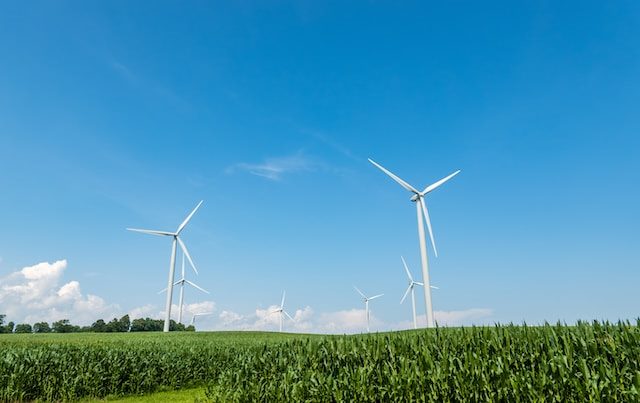
As the demand for clean energy continues to rise, there is a growing need to harness the power of multiple renewable sources simultaneously. Hybrid energy systems, which combine different energy technologies, have emerged as a viable solution. In this article, we will explore the integration of vertical turbines with other renewable sources and how it can contribute to sustainable power generation.
What are Hybrid Energy Systems?
Hybrid energy systems, also known as hybrid power systems, integrate two or more renewable energy sources to generate electricity. By combining the strengths of different technologies, these systems can overcome the limitations of individual sources, leading to improved efficiency and reliability. The integration of vertical turbines with other renewable sources is a prime example of a hybrid energy system.
Vertical Turbines: An Introduction
Vertical turbines, or vertical axis wind turbines (VAWTs), are a type of wind turbine that have their rotor shaft arranged vertically. Unlike traditional horizontal axis wind turbines (HAWTs) which have blades rotating on a horizontal axis, VAWTs are designed to harness wind from any direction. This makes them a suitable candidate for integration with other renewable sources.
Advantages of Vertical Turbines
- Ability to capture wind from any direction, making them more suitable for urban environments with turbulent wind patterns.
- Lower noise levels compared to horizontal turbines.
- Easier installation and maintenance due to their design.
- Less impact on bird and bat populations.
Integrating Vertical Turbines with Other Renewable Sources
Vertical turbines have the potential to be integrated with various renewable energy sources to create hybrid systems. Let’s explore some examples:
1. Solar Photovoltaic (PV) Panels
By combining vertical turbines with solar PV panels, a hybrid system can generate electricity from wind and solar energy. This integration benefits from a complementary power generation profile, as wind energy is often more available at night or in cloudy conditions when solar energy production is reduced.
2. Hydroelectric Power
Hydroelectric power can be harnessed by integrating vertical turbines with small-scale water turbines or micro-hydro systems. The vertical turbines can extract additional energy from the water flow, enhancing the overall power generation capacity of the system.
3. Biomass Energy
Biomass energy systems, such as anaerobic digesters or biomass boilers, produce energy from organic materials. By incorporating vertical turbines into the system, the generated electricity can be supplemented with wind energy, enhancing the overall efficiency of the hybrid setup.
Benefits of Integrating Vertical Turbines with Other Renewable Sources
The integration of vertical turbines with other renewable sources offers several advantages:
- Improved system efficiency and power output due to the combined strengths of different technologies.
- Reduced reliance on a single energy source, enhancing energy security and reliability.
- Optimized use of available resources by harnessing wind, solar, hydro, and biomass energy simultaneously.
- Reduced carbon footprint and environmental impact.
Considerations for Implementing Hybrid Energy Systems
While the integration of vertical turbines with other renewable sources offers numerous benefits, certain aspects should be considered during implementation:
- Site suitability: Assess the wind, solar, hydro, and biomass potential at the location to ensure optimal energy generation.
- System design: Design the hybrid system to balance the power production capabilities of each source and ensure compatibility between components.
- Storage and distribution: Incorporate energy storage solutions such as batteries to store excess energy for periods of low generation.
- Maintenance and monitoring: Establish regular maintenance schedules and monitoring protocols to ensure the continued operation and performance of the system.
Conclusion
Hybrid energy systems that integrate vertical turbines with other renewable sources offer a promising approach to sustainable power generation. By combining the unique strengths of various technologies, these systems can enhance efficiency, reliability, and environmental sustainability. As the world transitions towards a cleaner energy future, the integration of vertical turbines with other renewable sources will play a crucial role in meeting our growing energy needs.
